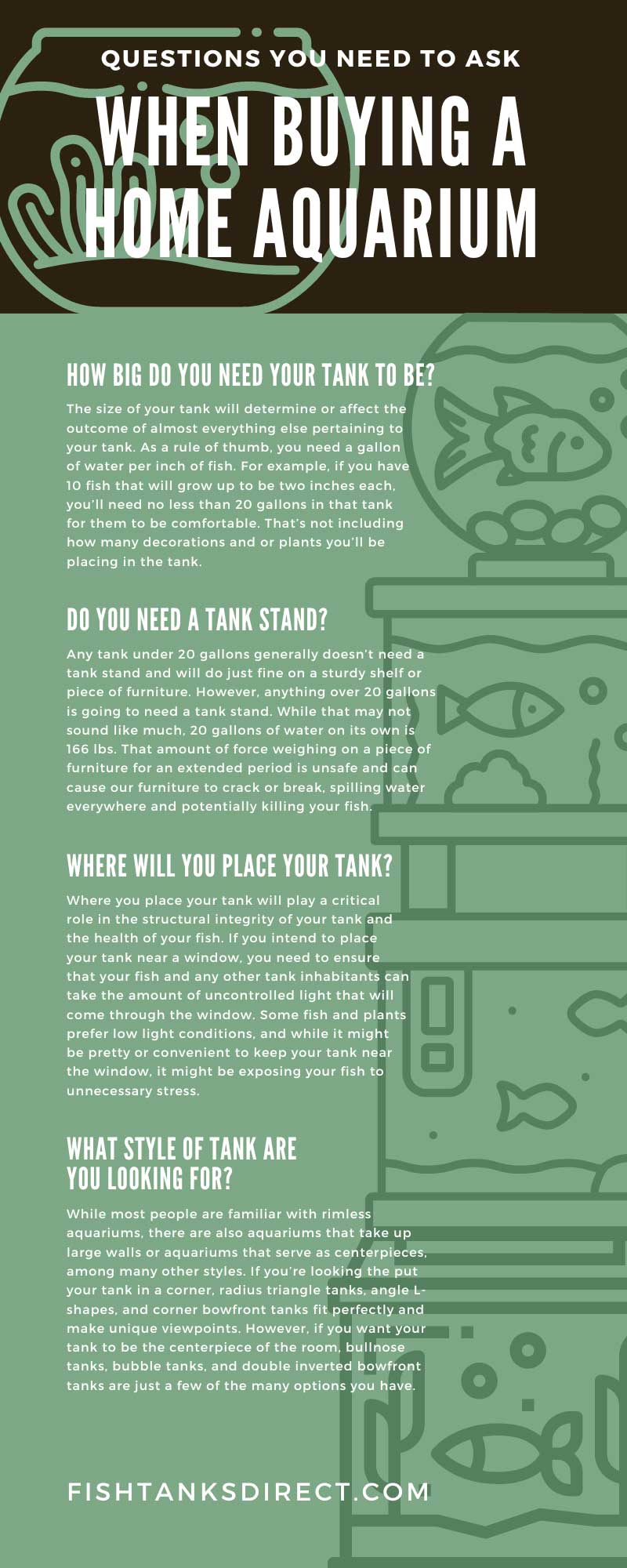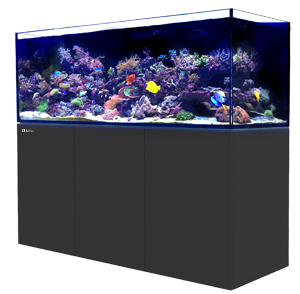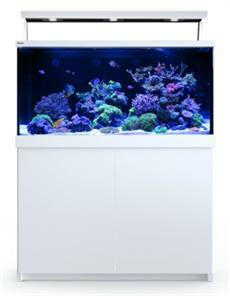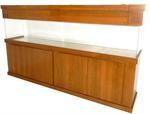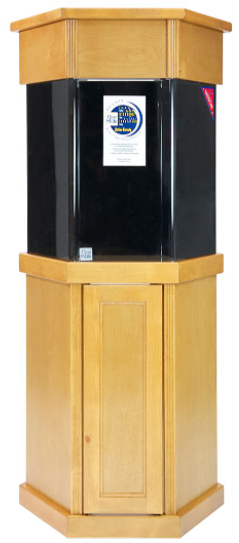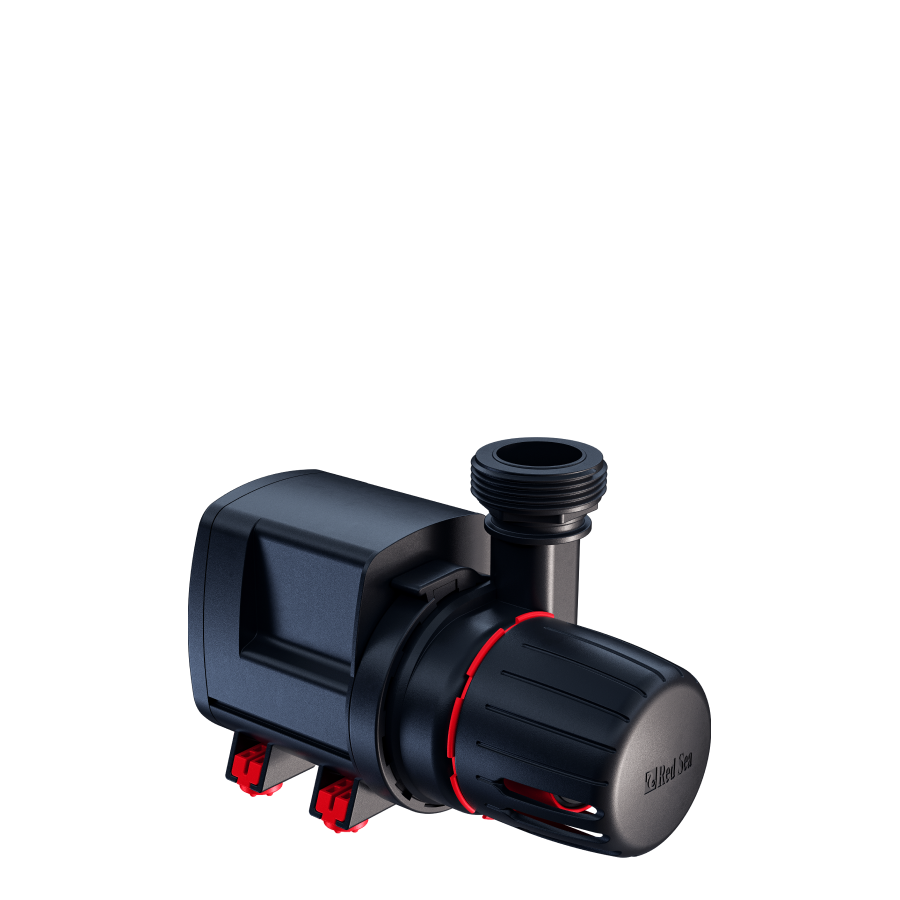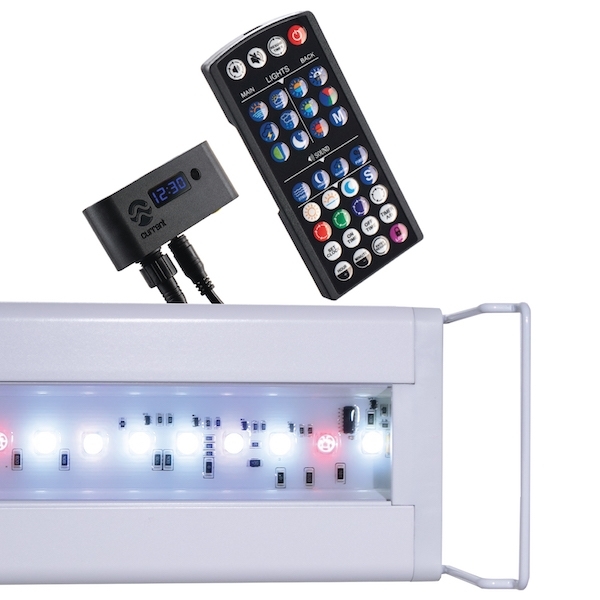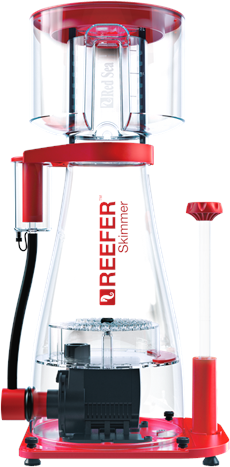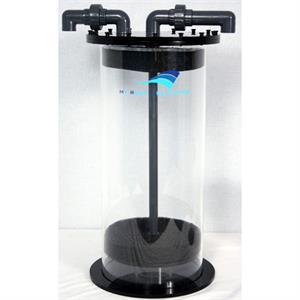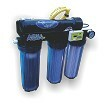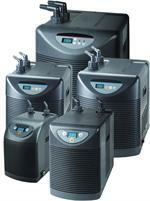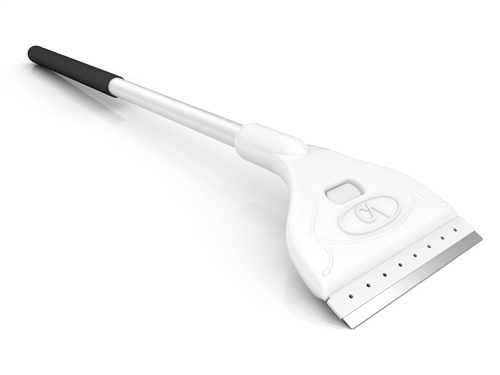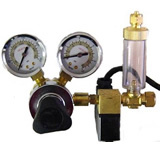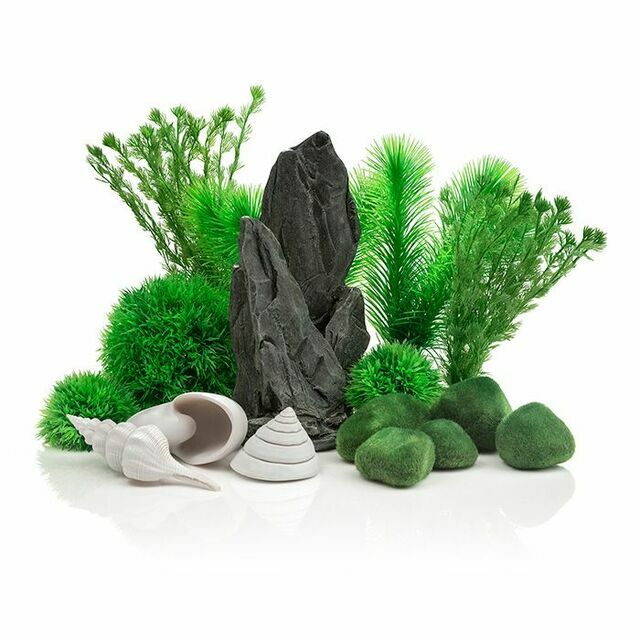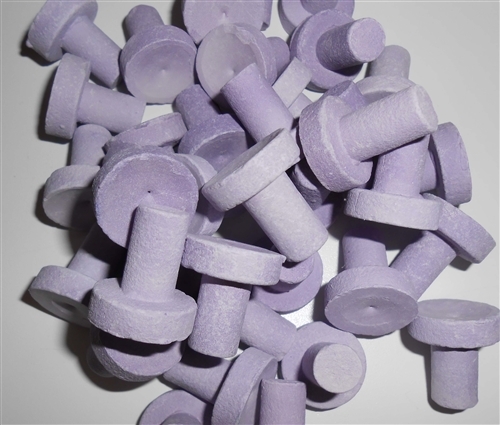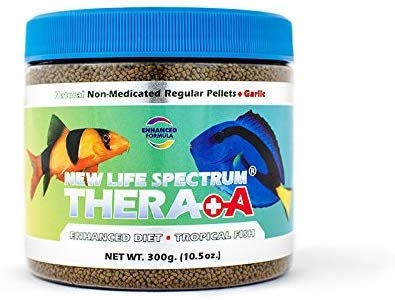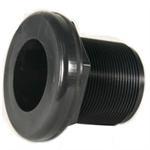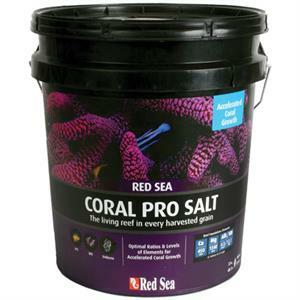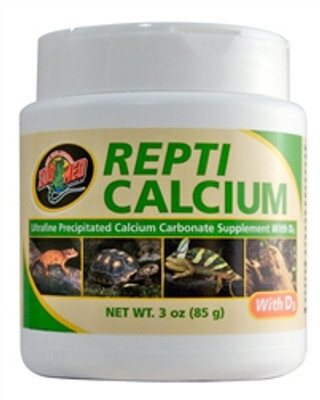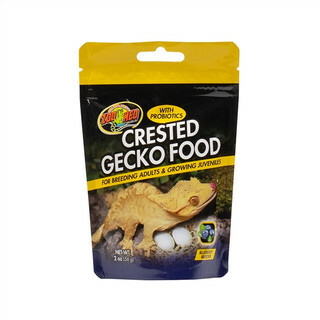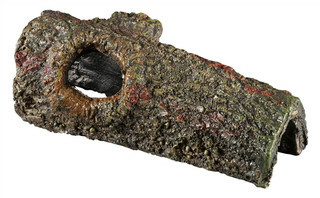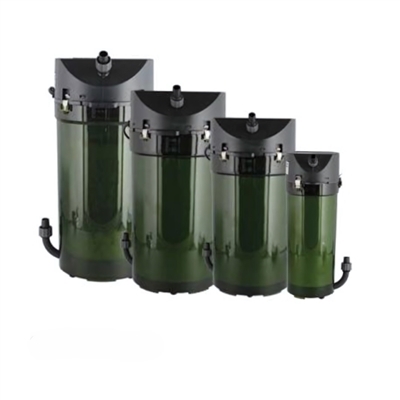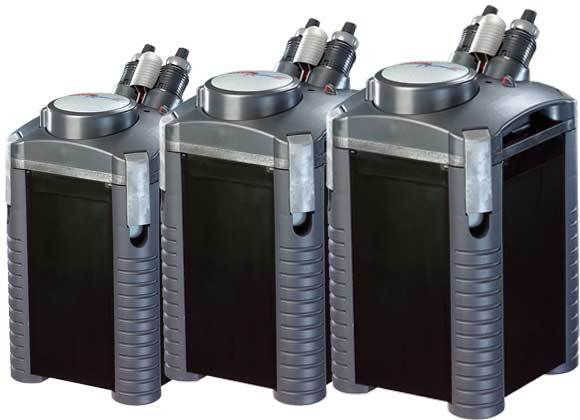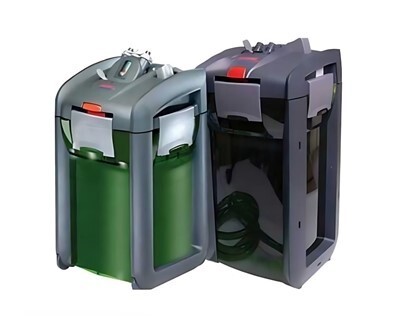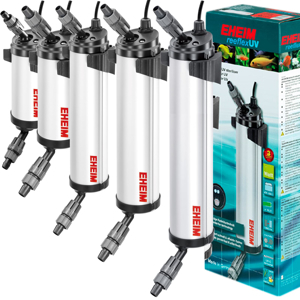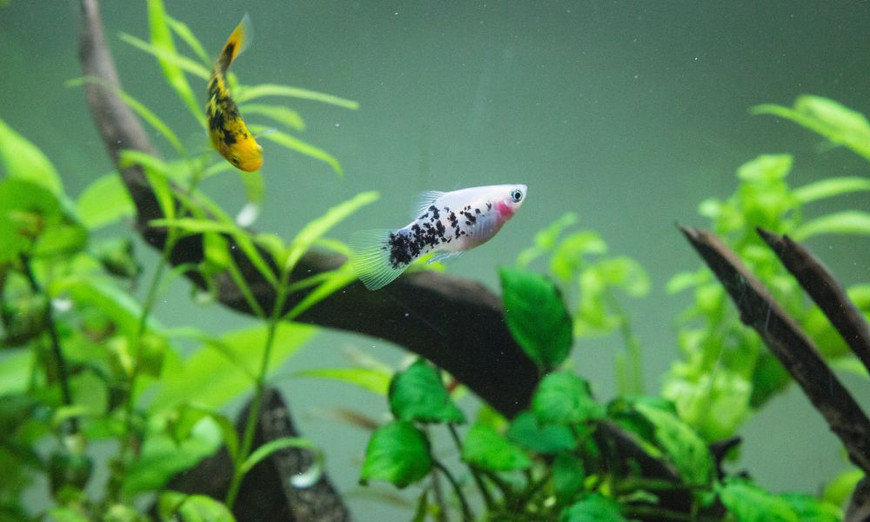Questions You Need To Ask When Buying a Home Aquarium
Fish Tanks Direct on Jul 20th 2022
Buying a fish tank may seem like a straightforward task, but it’s deceptively simple. There are a lot of factors that go into making sure you get the best tank possible for you and your fish. And with all that goes into finding the perfect aquarium, it can be hard to keep track of what you need to consider and pay attention to. To help make things a little easier, use this list of questions you need to ask yourself when buying a home aquarium.
How Big Do You Need Your Tank To Be?
The size of your tank will determine or affect the outcome of almost everything else pertaining to your tank. As a rule of thumb, you need a gallon of water per inch of fish. For example, if you have 10 fish that will grow up to be two inches each, you’ll need no less than 20 gallons in that tank for them to be comfortable. That’s not including how many decorations and or plants you’ll be placing in the tank.
So, keep this rule in mind and determine how you’ll decorate your tank before buying. If you overcrowd a tank, this can quickly lead to illness, food aggression, and possibly death. Once you know how large your tank needs to be, you can answer the rest of the questions in this article.
Will You Need Any Mechanical Additions?
While not every tank explicitly needs a filter, heater, flow control, or lighting, you need to know if your planned setup will require these tools. In terms of filters, some advanced hobbyists prefer to use a natural filtering cycle guided by the environment of the fish and only do a water change when necessary. This means you’ll have a little extra room in your tank. However, if you do not have experience cycling a tank successfully, you’ll need a filter. At the very least, a good mechanical filter with multiple filter widths can catch all different debris sizes. The size of your tank will determine how large this filter needs to be.
Some fish, depending on their breed and their natural environment, will need heat, light, and or a flow control system. These mechanical additions will add to the weight, size, and available space of your tank.
Do You Need a Tank Stand?
Any tank under 20 gallons generally doesn’t need a tank stand and will do just fine on a sturdy shelf or piece of furniture. However, anything over 20 gallons is going to need a tank stand. While that may not sound like much, 20 gallons of water on its own is 166 lbs. That amount of force weighing on a piece of furniture for an extended period is unsafe and can cause our furniture to crack or break, spilling water everywhere and potentially killing your fish.
Therefore, it’s important to know how large your tank is. However, this weight estimate does not take into account the weight of the physical tank itself, the weight of the fish, décor, and or plants that will be in your tank, each of which will add weight. If you’re worried about total weight, measure all the things separately and add them up before buying a stand to know how heavy everything will end up.
Where Will You Place Your Tank?
Where you place your tank will play a critical role in the structural integrity of your tank and the health of your fish. If you intend to place your tank near a window, you need to ensure that your fish and any other tank inhabitants can take the amount of uncontrolled light that will come through the window. Some fish and plants prefer low light conditions, and while it might be pretty or convenient to keep your tank near the window, it might be exposing your fish to unnecessary stress.
The same applies to putting your aquarium near a fan, vent, or AC unit, as this can quickly change the temperature of your tank, causing it to drastically drop or rise in temperature. Before buying your tank, consider placing it somewhere away from anything that may affect the natural elements of your aquarium. Wherever you decide to place your aquarium will affect the shape, size, and style of the tank.
What Material Do You Want Your Tank To Be Made Of?
The materials in your tanks’ frame and panes matter. Some frames are made of plastic, anodized aluminum, or coated resin. Plastic is the cheapest and most widely available frame material on the market, but it’s also the weakest and can break apart easily if an accident occurs. Resin and aluminum are sturdier options. While aluminum is the most expensive choice, it is resistant to weathering damage and will last for many years to come—however, it’s not as customizable as resin frames. Which material you choose depends on your budget and how much you want to customize your frame.
When it comes to the panes of the tank, you have two options: glass or acrylic. Glass is a heavy material that cannot withstand high impact, meaning it will easily crack if knocked or bumped into. However, glass is much easier to clean and doesn’t get surface scratches as easily as acrylic. Acrylic, on the other hand, is more customizable and lighter. However, cleaning acrylic can be nerve-wracking as any substrate or pebble can get caught up and scratch the acrylic. In addition, acrylic will yellow when exposed to light over time.
If you’re looking for something lightweight and customizable, acrylic is your best option. But if you want a tank that will last generations and don’t mind the weight, glass aquariums are your best choice.
What Style of Tank Are You Looking For?
There is a myriad of different options to choose from when it comes to the style of your tank. While most people are familiar with rimless aquariums, there are also aquariums that take up large walls or aquariums that serve as centerpieces, among many other styles. If you’re looking the put your tank in a corner, radius triangle tanks, angle L-shapes, and corner bowfront tanks fit perfectly and make unique viewpoints. However, if you want your tank to be the centerpiece of the room, bullnose tanks, bubble tanks, and double inverted bowfront tanks are just a few of the many options you have.
You’re not just limited to flimsy and potentially dangerous plastic and particle board stands, either. Your tank stand can come in a variety of wood finishes to fit in with your home’s décor or stand out among it. You can also go with classic, sleek, and modern metal. No matter what you choose, the extent to which you can customize and decorate your tank stand is endless. Consider what you want the entirety of your setup to look like before you buy.
If you keep in mind these questions you need to ask before you buy an aquarium, you’re bound to find the aquarium of your dreams. And at Fish Tanks Direct, you can have a customized saltwater aquarium delivered to you and installed by professionals with a passion for all things fish tank-related.
